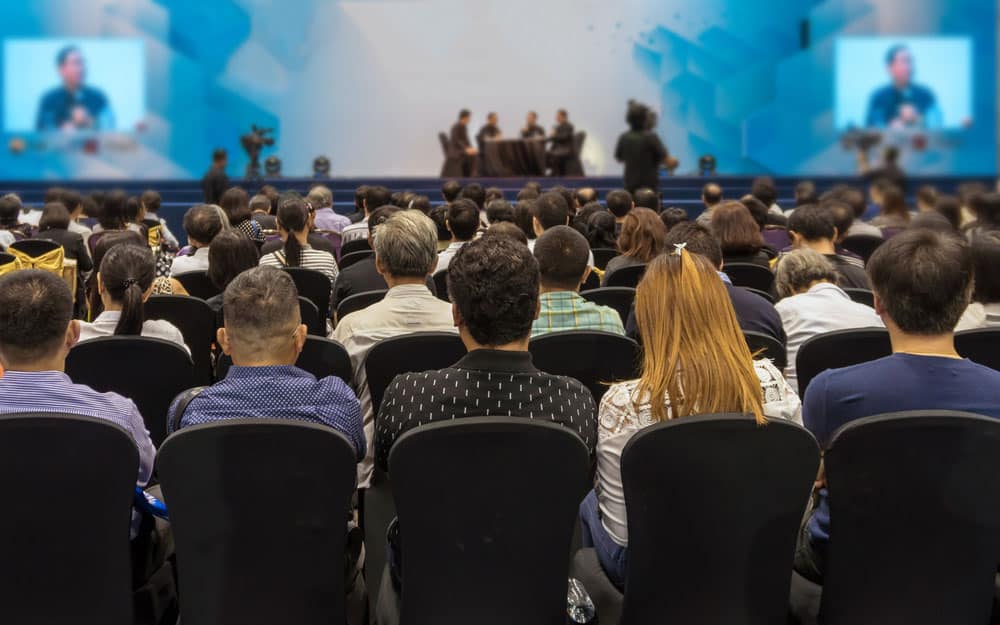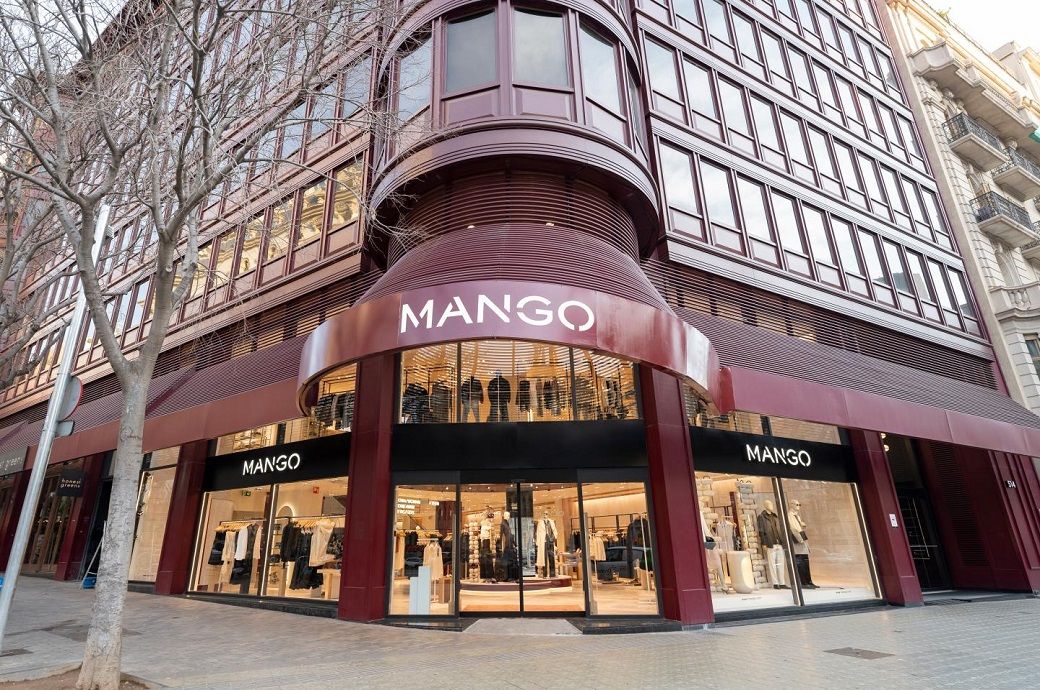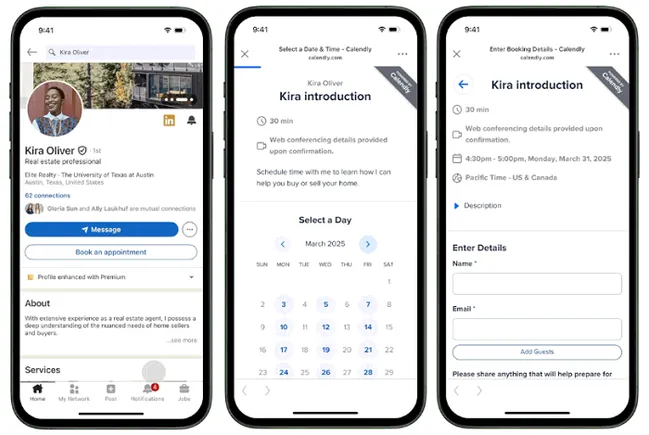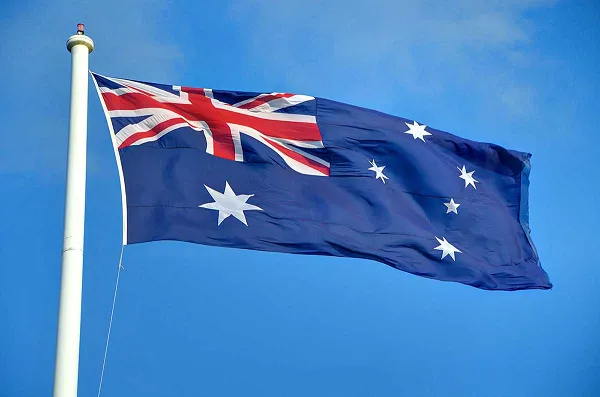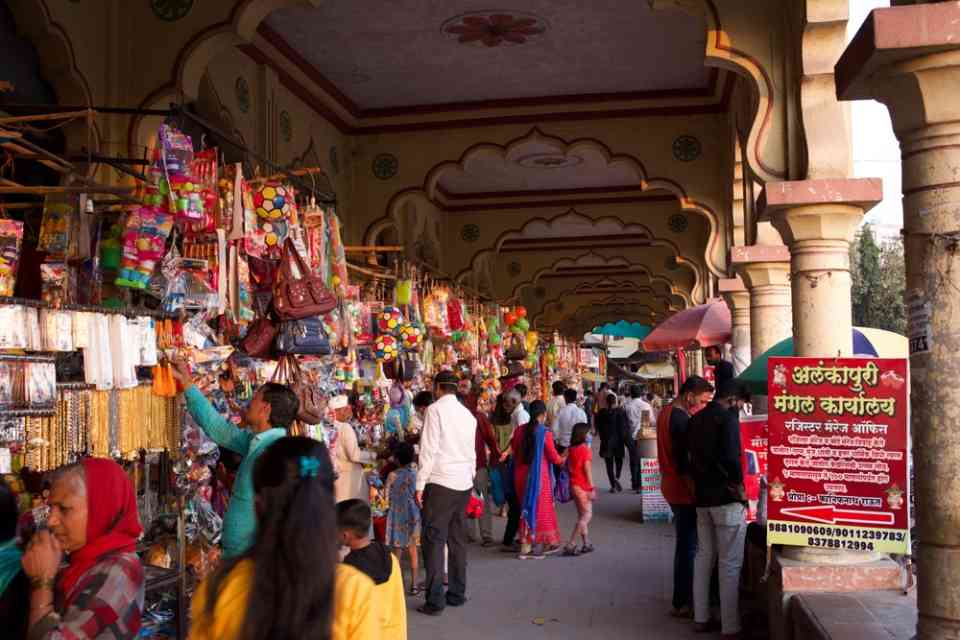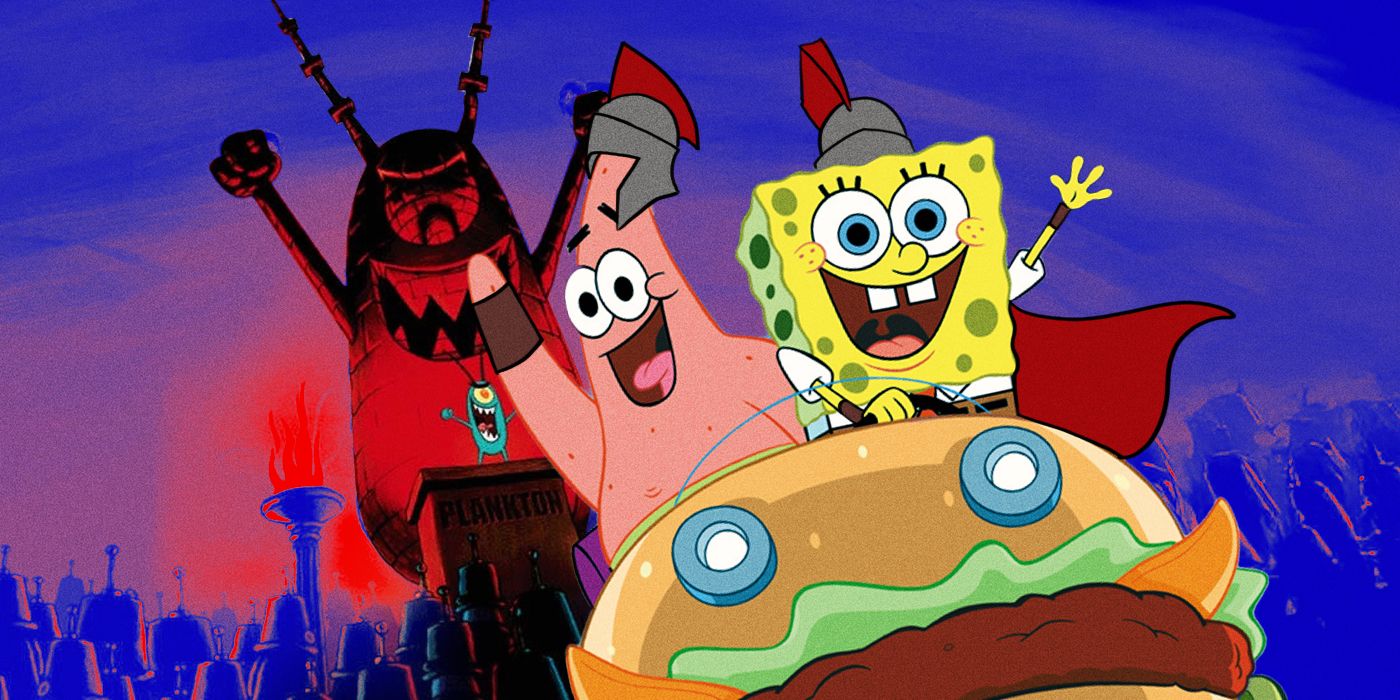The Retailers Association of India (RAI) reported a 7% growth in the retail sector during the festive period from October 7 to December 1, 2024, compared to the same period in 2023. While this growth reflects a positive trend, it fell short of the anticipated 10%, underscoring the persistent challenges facing the industry.
According to the report, RAI’s CEO Kumar Rajagopalan attributed the moderate growth to subdued consumption throughout the year, which prompted retailers to rely on promotional offers to drive festive purchases. He cautioned that 2025 could prove even more challenging due to rising operational costs and the need for sustained growth to ensure profitability. He pointed to inflation, heightened competition, and constrained spending by the lower middle-class population as significant hurdles for the sector.
Regional data from RAI’s survey showed that western India led with an 8% growth, while northern, southern, and eastern regions each recorded a uniform 7% increase. Despite these challenges, certain categories experienced notable growth, with food and grocery sales rising 14%, quick-service restaurants (QSR) increasing by 10%, and jewellery sales growing by 9%.
A report from the India Brand Equity Foundation (IBEF), citing Kearney Research, projected steady growth for India’s retail industry at a compound annual growth rate (CAGR) of 9% between 2019 and 2030. The sector is expected to expand from USD$779 billion in 2019 to $1.4 trillion by 2026 and surpass $1.8 trillion by 2030. Additionally, the direct selling market is projected to reach a valuation of $7.77 billion by the end of 2025.
India’s retail sector continues to hold a prominent global position, ranking as the fourth-largest market and contributing over 10% to the country’s GDP. The nation also ranks third globally in the number of e-retail shoppers, trailing only China and the United States. Emerging logistics companies are expected to enable 2.5 billion Direct-to-Consumer (D2C) deliveries by 2030, while online used car transactions are anticipated to grow ninefold over the next decade.
The e-commerce sector, in particular, has shown remarkable growth, with order volumes increasing 36.8% year-on-year. As consumers increasingly shift toward online shopping, India’s e-commerce market has reached an advanced stage of development. Projections estimate that the number of online shoppers in India will grow from over 150 million in 2020 to approximately 500 million by 2030.
By 2030, India’s digital economy is expected to reach $800 billion, with the e-commerce market achieving a gross merchandise value (GMV) of $350 billion. Crisil forecasts a robust 14-15% growth in the top-line of organized food and grocery retailers in FY25, further reinforcing the sector’s resilience amid challenges.
| GDP (nominal) | Capital | Head of State | Head of Government | GDP (nominal) per capita | GDP (PPP) | GDP (PPP) | GDP (PPP) per capita |
|---|---|---|---|---|---|---|---|
| India | New Delhi | Smt. Droupadi Murmu (female) | Shri Narendra Modi | 3.732.224 | 2.612 | 14.260.000 | 9.183 |
Have you read?
Impact of Titles on Your Executive Career – Negotiating Job Titles and more!
5 Reasons being dog friendly is very good for business.
Do you want to change things in your organization? Perhaps it begins with changing how you think.
Mastering Leadership- How Clear Expectations Drive Success.
Countries that Reads The Most Books.
Add CEOWORLD magazine to your Google News feed.
Follow CEOWORLD magazine headlines on: Google News, LinkedIn, Twitter, and Facebook.
Copyright 2024 The CEOWORLD magazine. All rights reserved. This material (and any extract from it) must not be copied, redistributed or placed on any website, without CEOWORLD magazine’ prior written consent. For media queries, please contact: info@ceoworld.biz





















